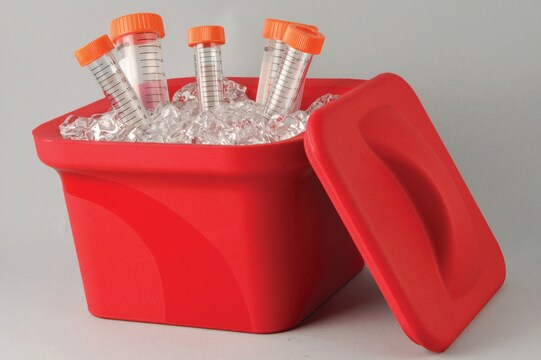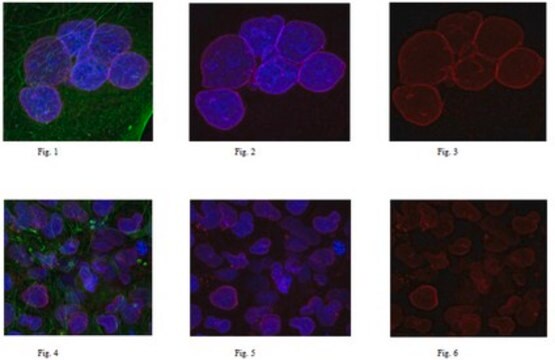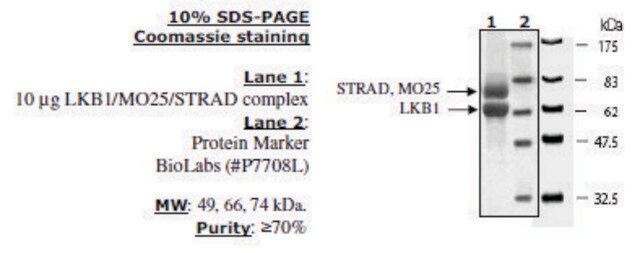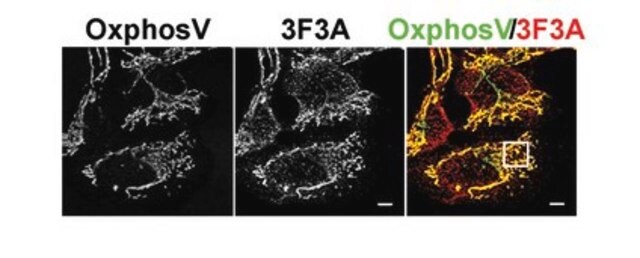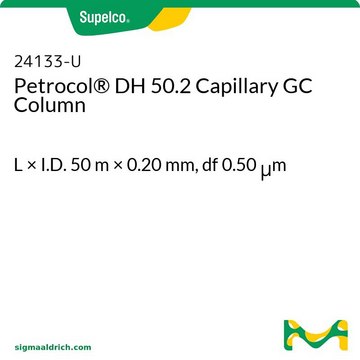Kluczowe dokumenty
SAB4200814
Przeciwciało anty-TIMP2, mysie monoklonalne

clone TM8, purified from hybridoma cell culture
Synonim(y):
CSC-21K, Inhibitor metaloproteinazy 2, Tkankowy inhibitor metaloproteinaz 2
About This Item
Polecane produkty
pochodzenie biologiczne
mouse
forma przeciwciała
purified from hybridoma cell culture
rodzaj przeciwciała
primary antibodies
klon
TM8, monoclonal
reaktywność gatunkowa
human
opakowanie
antibody small pack of 25 μL
rozszerzona walidacja
recombinant expression
Learn more about Antibody Enhanced Validation
stężenie
~1 mg/mL
metody
immunoblotting: 0.5-1 μg/mL using HEK-293 over expressing human TIMP2 cells extract.
immunofluorescence: 2.5-5 μg/mL using human HeLa cells.
izotyp
IgG2a
numer dostępu UniProt
Warunki transportu
dry ice
temp. przechowywania
−20°C
docelowa modyfikacja potranslacyjna
unmodified
informacje o genach
human ... TIMP2(7077)
Opis ogólny
Specyficzność
Immunogen
Zastosowanie
Działania biochem./fizjol.
Postać fizyczna
Przechowywanie i stabilność
Oświadczenie o zrzeczeniu się odpowiedzialności
Nie możesz znaleźć właściwego produktu?
Wypróbuj nasz Narzędzie selektora produktów.
Kod klasy składowania
10 - Combustible liquids
Klasa zagrożenia wodnego (WGK)
WGK 1
Temperatura zapłonu (°F)
Not applicable
Temperatura zapłonu (°C)
Not applicable
Wybierz jedną z najnowszych wersji:
Certyfikaty analizy (CoA)
Nie widzisz odpowiedniej wersji?
Jeśli potrzebujesz konkretnej wersji, możesz wyszukać konkretny certyfikat według numeru partii lub serii.
Masz już ten produkt?
Dokumenty związane z niedawno zakupionymi produktami zostały zamieszczone w Bibliotece dokumentów.
Nasz zespół naukowców ma doświadczenie we wszystkich obszarach badań, w tym w naukach przyrodniczych, materiałoznawstwie, syntezie chemicznej, chromatografii, analityce i wielu innych dziedzinach.
Skontaktuj się z zespołem ds. pomocy technicznej


